Findings from ACFFA forum indicate a generally positive view of aquaculture, despite bad press
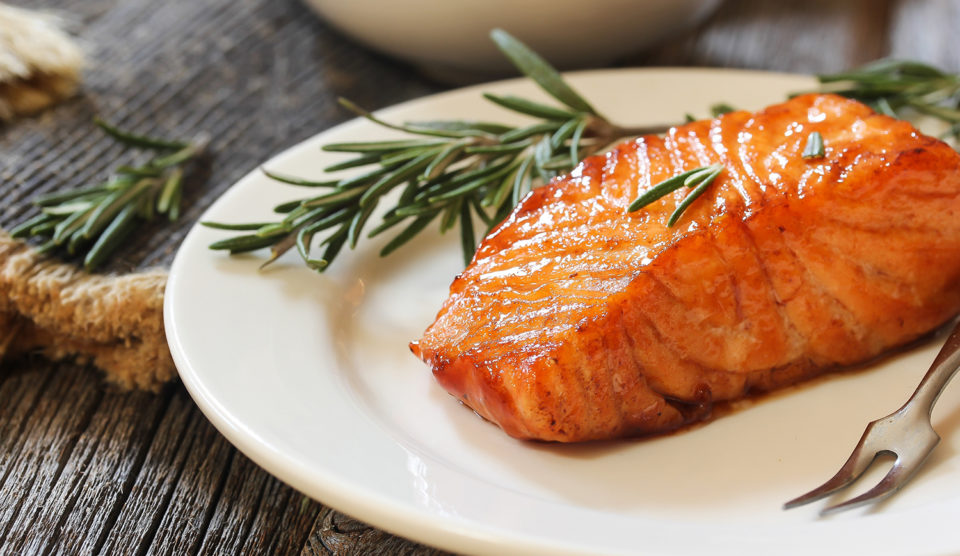
In the court of public opinion, the jury is still out on salmon farming in places like Maine, New Brunswick, Nova Scotia, Washington state and British Columbia. But two surveys released last month showed that North American consumers’ perceptions of salmon farming – and aquaculture overall – are generally positive.
Published for the first time in the Global Aquaculture Advocate, the surveys – shared at the Atlantic Canada Fish Farmers Association’s 2018 Aquaculture Forum, held at the Huntsman Fundy Discovery Centre in St. Andrews, New Brunswick, from Oct. 23 to 25 – show that residents in North America’s salmon-farming areas support their presence. And seeing or hearing negative media reports isn’t enough to sway their long-term attitudes toward the industry. If anything, they’re ambivalent.
“What people are seeing or hearing … are what you would consider to be negative. They’re recalling something in the media that has a negative connotation,” said Christina Waddy, managing director of New Brunswick operations at Corporate Research Associates, who presented the findings at the forum.
As part of the agency’s quarterly telephone survey of 401 Nova Scotia residents, conducted in May 2018, survey respondents were asked if they recall seeing or hearing something about aquaculture in Atlantic Canada, and about one-third said “yes.” Those respondents were then asked what they recalled seeing or hearing. The top four answers — fish escapes/interaction with wild salmon, disease, environmental effect and general opposition to aquaculture — were negative in nature.
“We then asked if seeing or hearing that has an impact on their overall [attitudes], and there’s a consensus that it doesn’t,” said Waddy. “For those people who had indicated that they had seen or heard something, we asked them if it caused their [attitudes] to be more favorable, the same or less favorable, and three-quarters indicated that it had no impact. So even though what they’re seeing or hearing is negative, it’s not having an impact on their [attitudes].”
When asked if salmon farming is the same as farming other animals, about two-thirds of survey respondents agreed. “We asked this question in 2014 and 2016, and the results have been fairly stable,” said Waddy.
There’s a lot of information about aquaculture out there that’s positive.
The belief that farming, in general, is a good thing has a greater influence on consumer perceptions toward salmon farming than negative media coverage, according to Don Morgan, senior partner and CEO of GMA Research Corp. in Bellevue, Wash. He explained that negativity may influence reactionary opinions, but not attitudes, which he described as deeply held beliefs.
“I call it the ‘umbrella effect.’ It’s what resonates over time,” said Morgan in an interview with the Advocate. “One negative incident is not enough” to influence attitudes.
In April 2018, Morgan’s agency fielded an online survey of 700 residents in western Washington state on behalf of the Washington Fish Growers Association. The survey came only one month after Washington lawmakers passed a bill that will effectively phase out Atlantic salmon farming in the state; the bill was ultimately signed into law Washington Gov. Jay Inlsee. The ban on open net pen farming of non-native finfish species was a reaction to an escape at Cooke Aquaculture’s Cypress Island Atlantic salmon farm in August 2017. The incident generated regional and national media coverage, with everyone from commercial fishermen, recreational fisherman, conservationists, First Nations and politicians weighing in on the industry’s fate in Washington.
Despite the negativity, survey respondents were generally supportive of salmon farming, said Morgan. More than two-thirds (68 percent) of respondents agreed that “Salmon farming is an activity that can be done sustainably.” Two-thirds concurred that “Local aquaculture production of finfish is an important source of healthy seafood,” while 60 percent agreed that “Finfish aquaculture, the farming of fish in marine net pens, is something we should be doing more of in Washington.” These results were shared for the first time at the ACFFA forum.
“My No. 1 takeaway from the survey was that, despite all the negativity, we ended up with a very positive perception of aquaculture,” said Morgan, who has 48 years of experience in opinion research and has numerous seafood-related clients, from aquaculture producers to restaurateurs. “There’s a lot of information about aquaculture out there that’s positive.”
Not all surveys created equal
Not all surveys support the notion that residents in North America’s salmon-farming regions have favorable views of aquaculture.
In May 2018, British Columbia-based environmental NGO Wild First released a survey concluding that nearly six in 10 British Columbia residents (59 percent) agreed that an immediate ban on open net pen Atlantic salmon farming in the province is something the government should consider. The phone survey of 1,496 British Columbia residents was conducted by Mainstreet Research.
“This is a clear democratic case for immediate action from both provincial and federal governments to protect wild salmon and encourage sustainable aquaculture,” said Wild First’s Tavish Campbell in a May 10 press release. (Campbell did not return emails seeking comment.)
Some of the Wild First survey questions could be described as manipulative, including, “Are you aware that open net-pen salmon farms pollute coastal B.C. waters with feed and fish waste?” and “Are you aware that open net-pen salmon farms threaten wild salmon populations with sea lice, viruses and diseases?”
Morgan, who often testifies as an expert witness in court when surveying techniques are questioned, said that type of wording is unfair.
“These questions are extremely leading,” he said. “These are aided or prompted awareness questions. They tend to be very biased.”
Given salmon’s popularity — about 60 percent of all fresh seafood consumed in the United States is Atlantic salmon fillets from Canada, Chile, Norway, Scotland and other countries — producers have an opportunity to steer the narrative in their favor.
“It can be hard to move the dial on something like [aquaculture] that [the public] is not thinking about on a regular basis,” said Waddy. “So it’s positive to see that when there are [negative] news stories, you’re not seeing a significant drop in support.”
Follow the Advocate on Twitter @GAA_Advocate
Now that you've reached the end of the article ...
… please consider supporting GSA’s mission to advance responsible seafood practices through education, advocacy and third-party assurances. The Advocate aims to document the evolution of responsible seafood practices and share the expansive knowledge of our vast network of contributors.
By becoming a Global Seafood Alliance member, you’re ensuring that all of the pre-competitive work we do through member benefits, resources and events can continue. Individual membership costs just $50 a year.
Not a GSA member? Join us.
Author
-

Steven Hedlund
Steven Hedlund is the communications manager for the Global Aquaculture Alliance and spent more than a decade covering the seafood industry for leading trade publications.
Tagged With
Related Posts
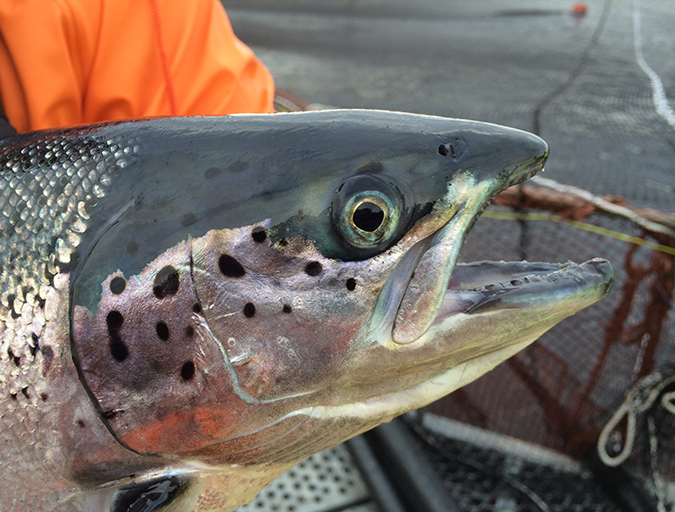
Intelligence
Changes in European consumer perceptions of farmed salmon
Household surveys have been carried out annually since 2012 in France, Germany and the UK on perceptions and consumption patterns for salmon and meat from agriculture. Results show that salmon is generally perceived as having more beneficial effects than chicken on brain development, bone development, certain cancer risks and coronary heart disease risk.
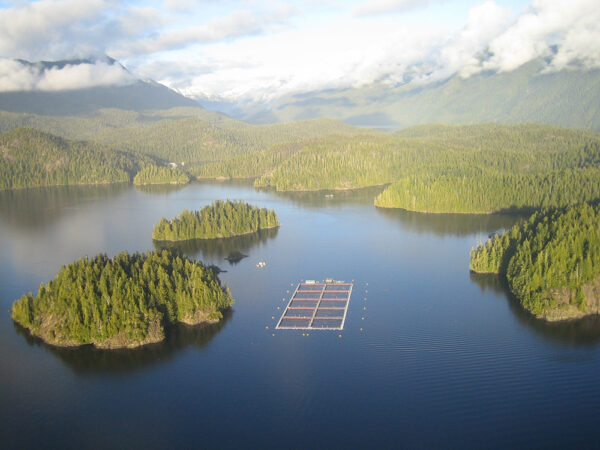
Intelligence
Canadian salmon farmers: ‘Leave us out of your shutdown’
The potential of a salmon-farming ban in Washington state is being monitored closely next door, in British Columbia, where many more salmon farms operate. But they’re not worried about a spillover effect.
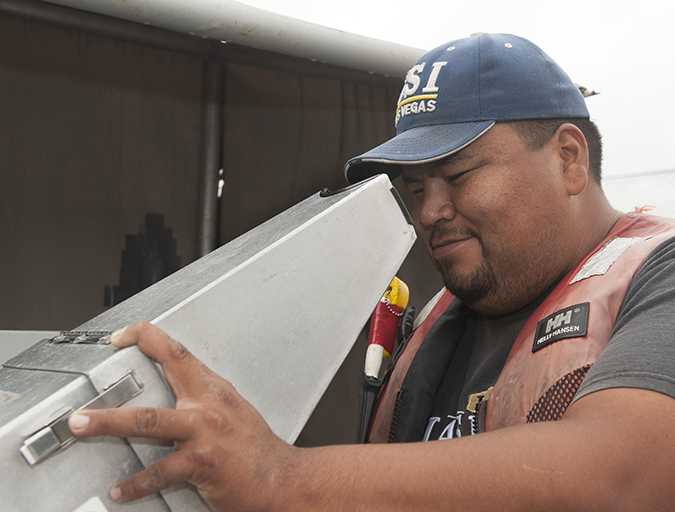
Responsibility
In Canada, salmon farmers building social license with First Nations
After some rocky times, ties between B.C. salmon farmers and First Nations, have improved in recent years. Band members report consistent employment, royalties and improved quality of life. “We need aquaculture around,” says one fishing company owner.
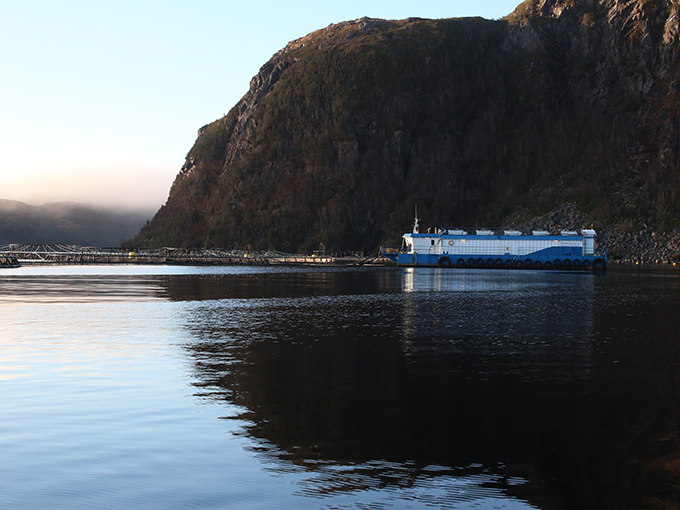
Intelligence
Aquaculture’s solid opportunity on The Rock
As aquaculture grows in Newfoundland, the socioeconomic future of this Canadian province with a population of 500,000 takes flight with it. It's a welcome development, after a two-decade slump due in part to the downturn of North Atlantic groundfish stocks.

